Did you know the way producers process coffee after the harvesting season could dramatically affect the final brewed coffee? Thus, coffee processing is an essential factor you should not miss in the industry!
In this blog, we'll dig down the world's five most common coffee processes. Let's start!
Natural Process
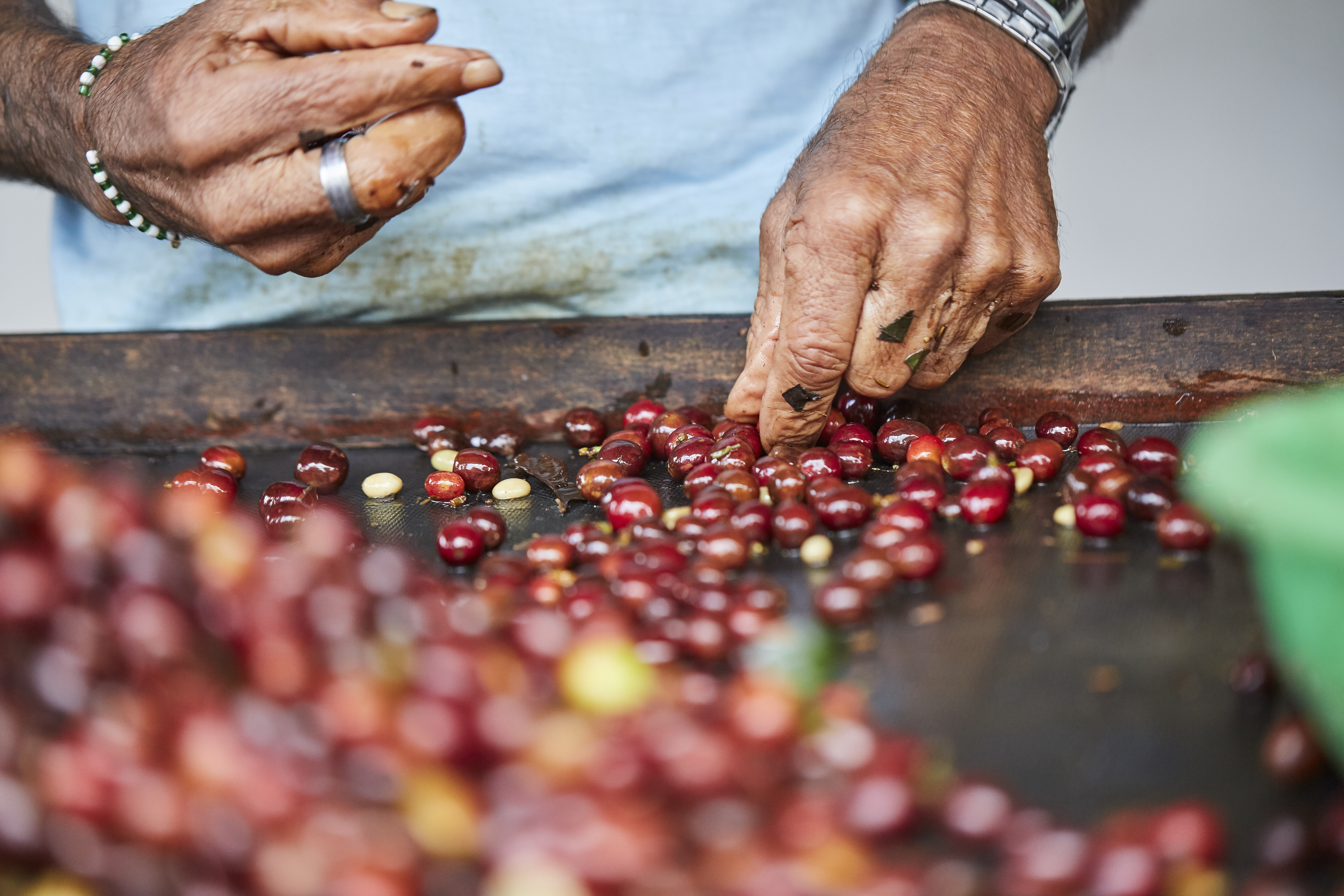 Photo Source
Photo Source
Natural coffee processing is also known as the dry process. This process is one of the oldest techniques in the history of coffee processing. After harvesting, the coffee cherries are spread out on plastic mats and dried in the sun. Some coffee producers sometimes dry it on brick terraces or unique drying tables with airflow at the bottom. Farmers turn over these coffee beans periodically when dried in the sun so that the coffee beans dry evenly and avoid mold/rotting.
In the natural process, the dried coffee cherries are still in the form of a fruit/cherry, complete with all the layers. This natural process will make the cherries ferment naturally because the outer skin of the cherry will peel off by itself.
General flavor profile: This natural process gives fruity notes, with common hints like blueberry, strawberry, or tropical fruit. Coffee also tends to have low acidity, exotic flavors, and more body.
Washed Process
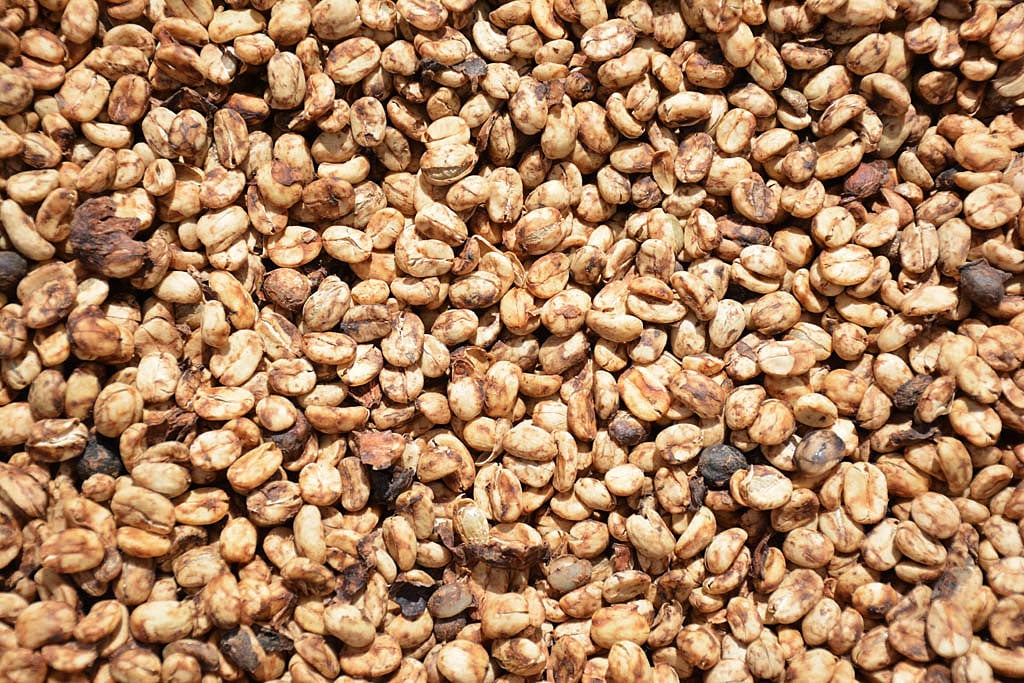 Photo Source
Photo Source
Washed process is also known as the wet process. Generally, this process aims to remove all the flesh skins attached to the coffee beans before drying. After harvesting, farmers select the coffee cherries by soaking them in water. They then discard cherries that float, while those that sink will be left for further processing because it's considered ripe cherries.
Furthermore, farmers remove the coffee cherry's outer skin using a depulper or peeler machine. The separated coffee beans from the skin are then cleaned again. Farmers put them in a vessel filled with water - so the remnants of the skin that are still attached can be removed entirely due to the fermentation process.
The duration, or length of time this coffee is fermented, varies by manufacturer. However, it generally takes 24-36 hours, depending on the temperature, the thickness of the sap layer on the coffee cherry, and the enzyme concentration. The warmer the surrounding temperature, the faster the process will be.
General taste profile: Cleaner, lighter character, slightly fruity taste, and the body tends to be lightweight and soft with more acidity.
Hybrid Process
Pulped Natural Process
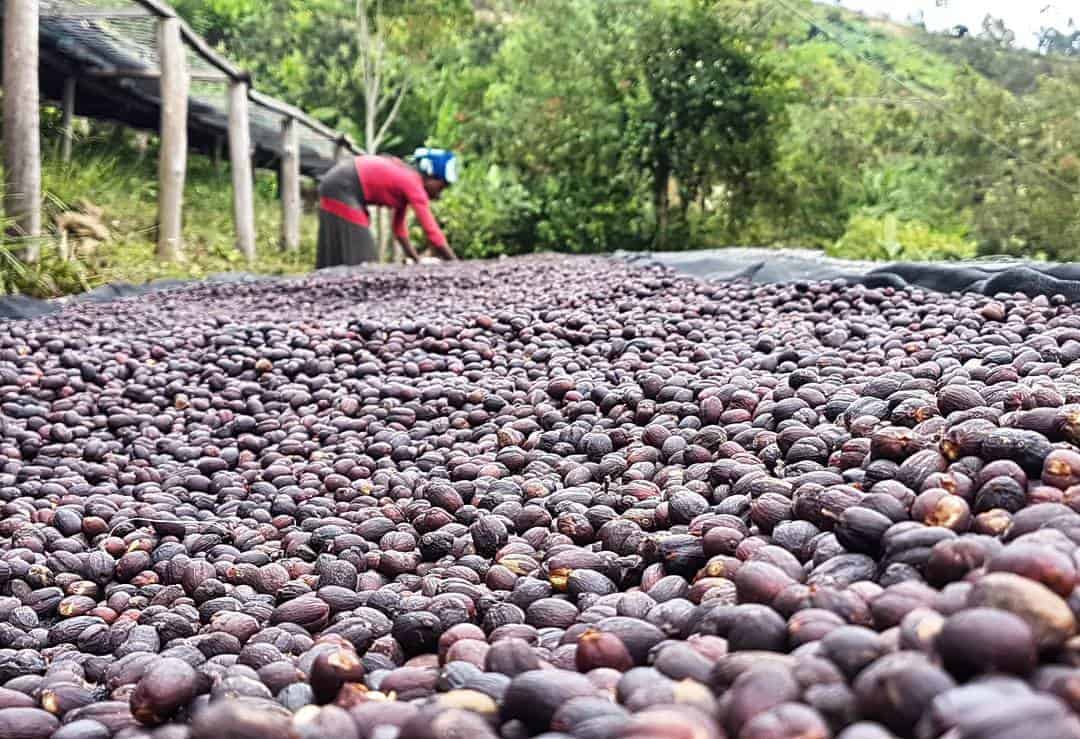 Photo Source
Photo Source
This process is popular in Brazil. After harvesting, the farmers feel the coffee cherries using a mechanical machine to remove the skin and most of the pulp. From here, farmers dry the coffee beans on drying tables. The remnants of the fruit flesh that is still sticky will usually fall off in this process. Did you know that the remnants of the dried fruit flesh added sweetness and body to coffee?
Honey (Miel) process
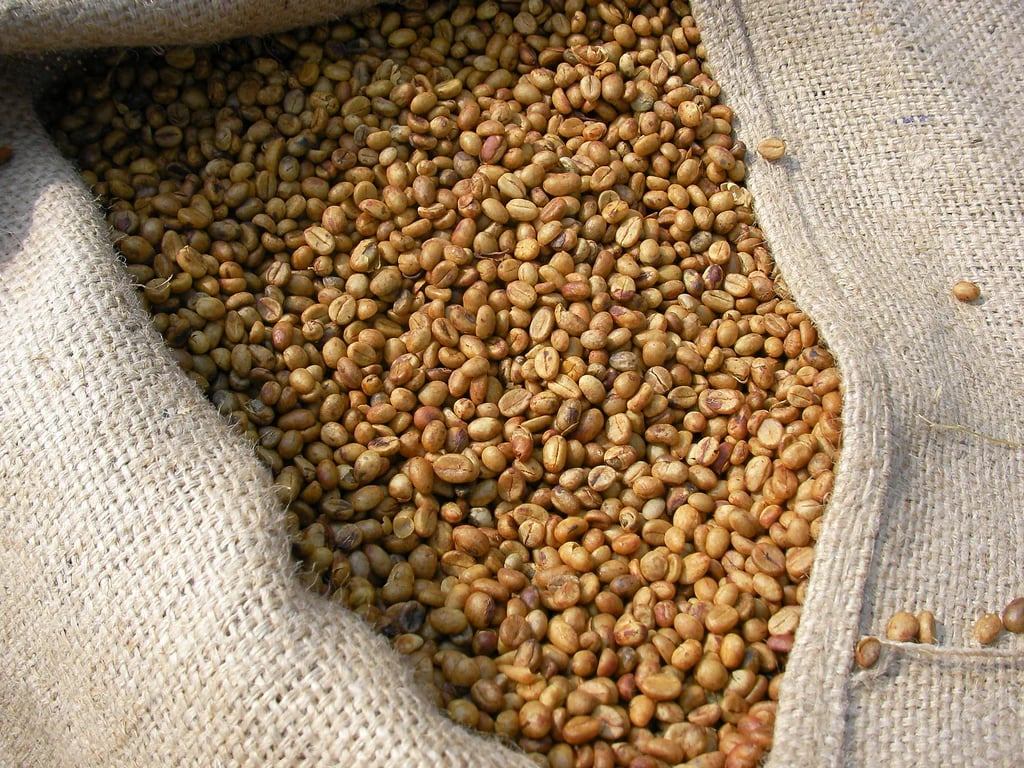 Photo Source
Photo Source
This process is similar to pulped natural and is popular in many Central American countries such as Costa Rica and El Salvador. Lately, this process has also become increasingly popular in Indonesia. The coffee cherries are mechanically peeled in the honey process, but this method uses less water than the pulped natural process. Farmers will control the depulper machine to determine how much flesh will remain attached to the seeds before drying. This remaining flesh skin in Spanish is called miel, which means honey.
In this honey process, there is a little mucilage that looks sticky on the coffee beans - that's why this process is called the honey process - not because they use natural honey.
Semi-washed
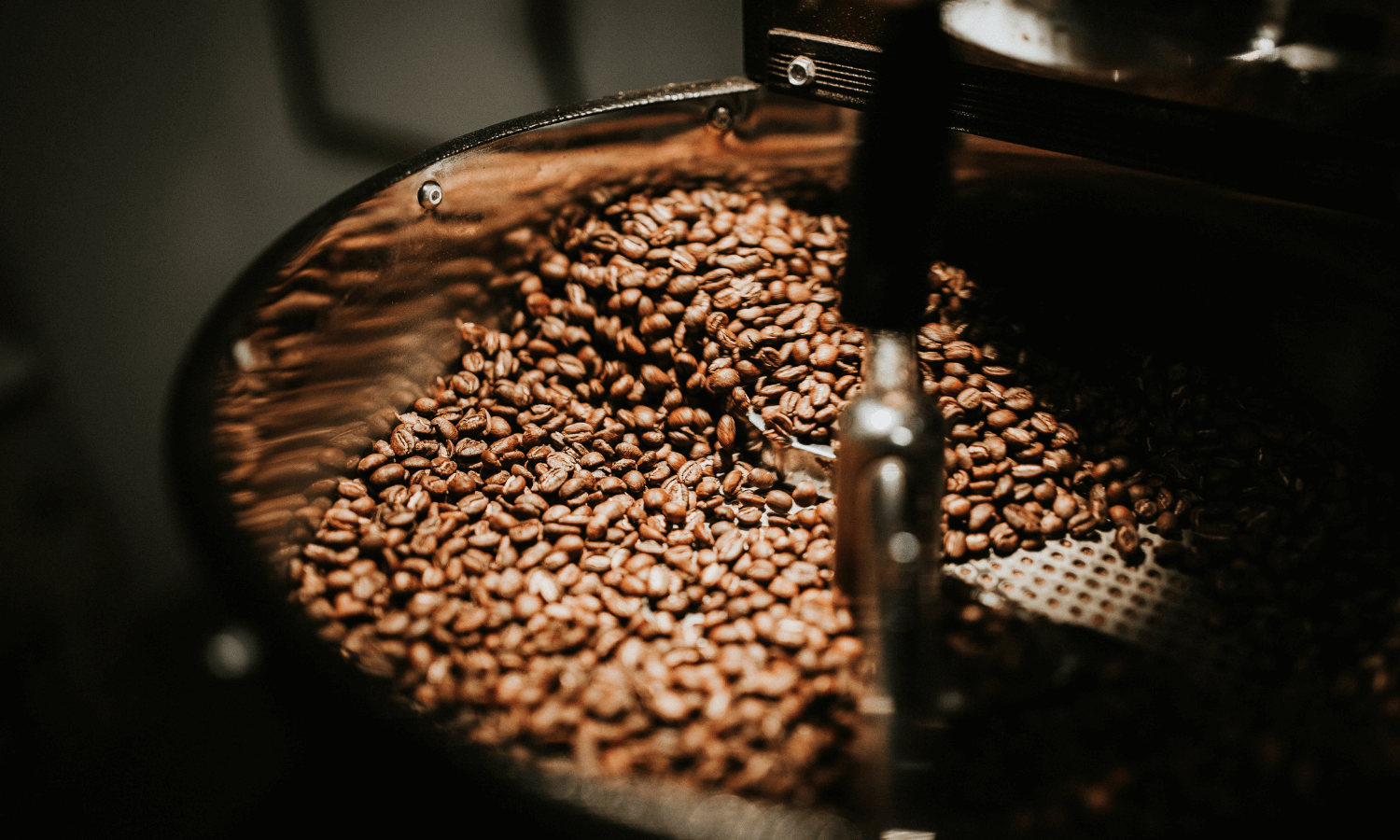 Photo Source
Photo Source
This process is widespread in Indonesia and is often called 'wet milling.' The semi-washed process involves two drying processes. After picking, the outer skin of the coffee cherry is peeled off using a depulper and dried briefly. The coffee humidity is generally left up to 11-12% during the drying process. Meanwhile, in the semi-washed process, the coffee moisture is left up to 30-35% before peeling again until it turns green beans. This green bean is dried until it's dry enough to be stored.
General taste profile: Intense sweetness, fuller body, and lower acidity compared with washed-processed coffees. Plus, the coffee also has more diverse flavors.
So, which one do you like the most? If you're wondering which technique is better, it cannot be answered because each process has distinctive advantages, character, and taste profile. It's more like the preference of coffee lovers.

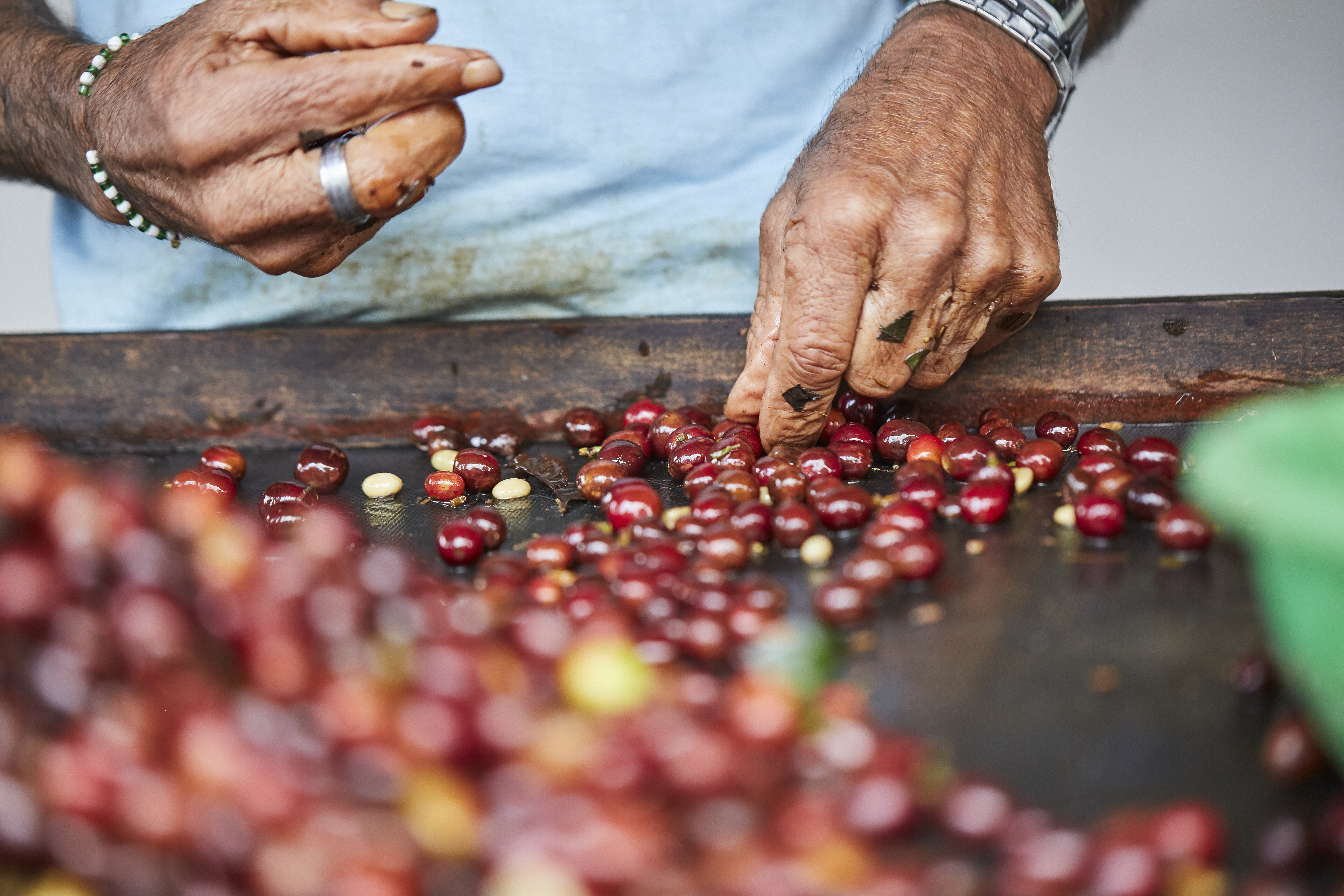





.png)

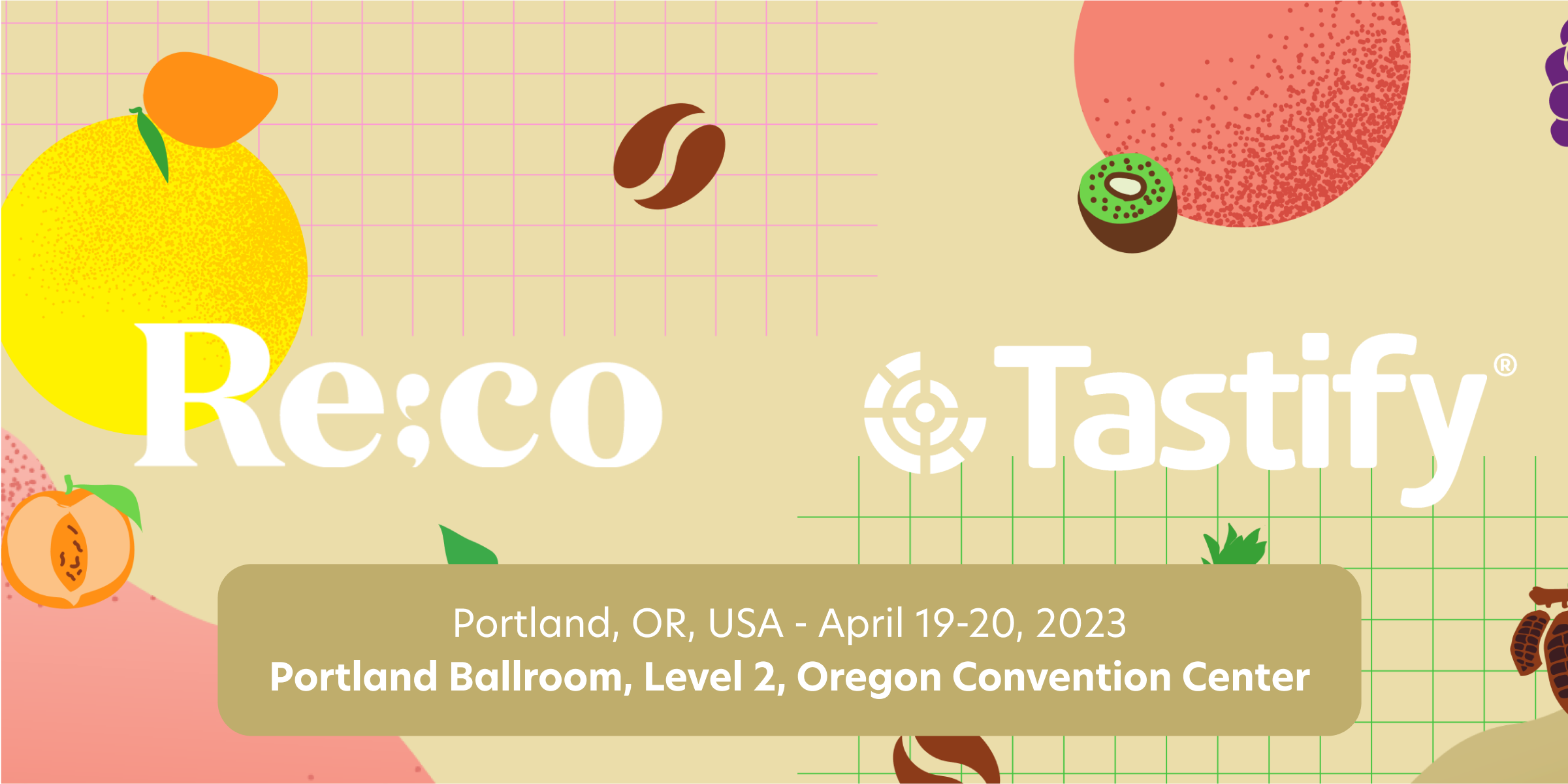



Comments